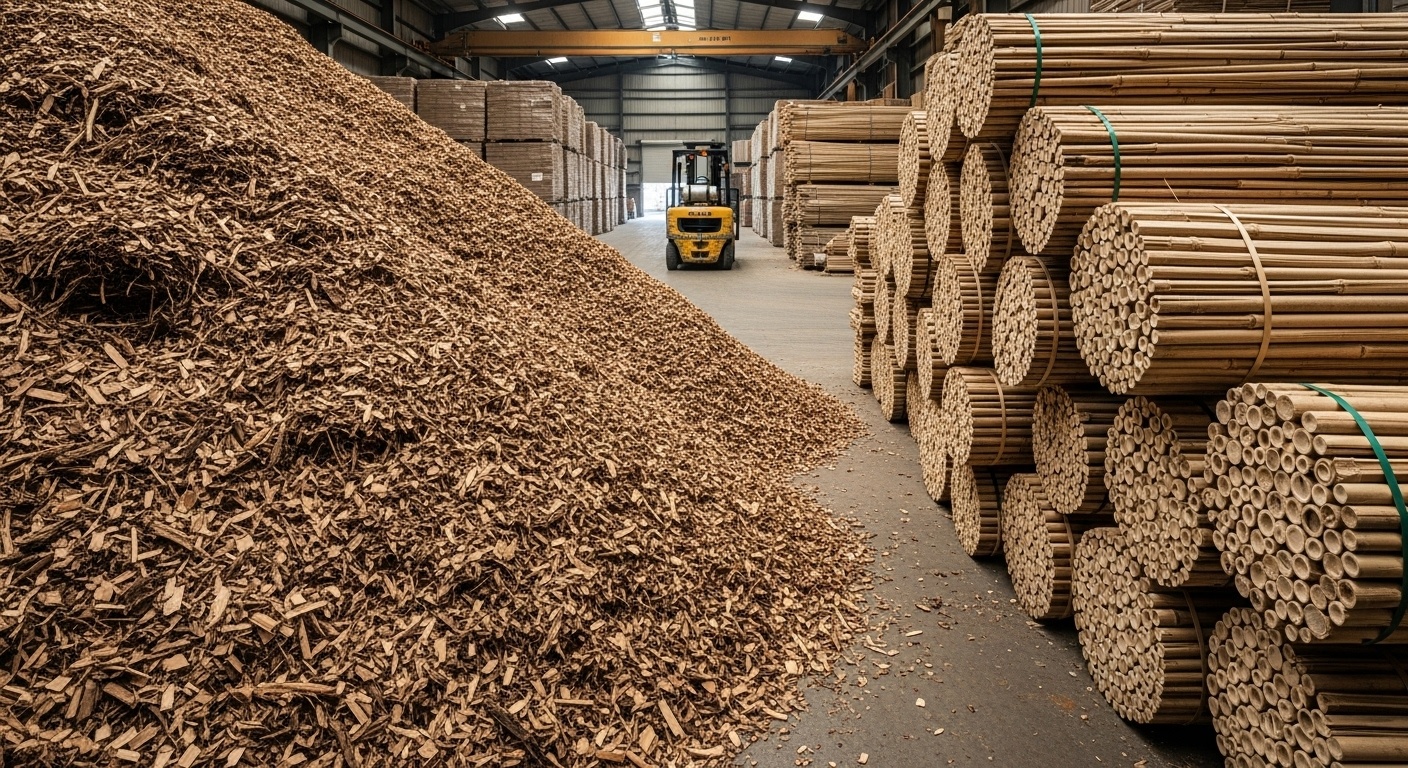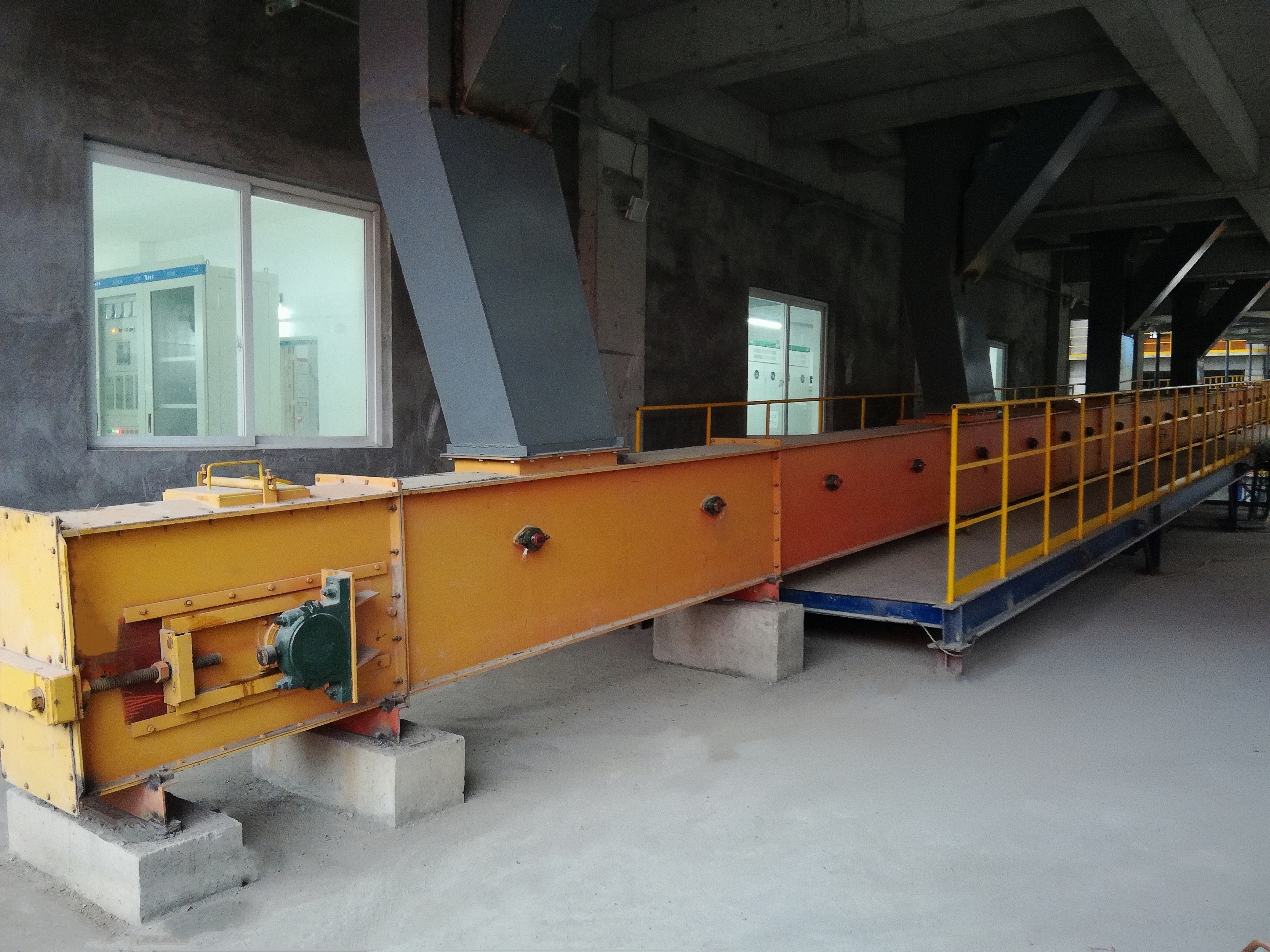How to Choose the Right En-masse Conveyor for Your Facility
Author :
Selection Strategy for Reducing Operating Costs and Adapting to Capacity Upgrades
Choosing the right En-masse conveyor for your facility requires attention to your specific processes and risks. Facilities that select the wrong system often face issues like contamination, excessive wear and tear, or misalignment. You should consider your unique operational demands to ensure reliable performance and avoid costly disruptions.
Key Takeaways
Assess your materials carefully. Understand their type, weight, and property to choose the right conveyor design.
Evaluate your facility layout. Consider space, angles, and environmental conditions to ensure proper installation and operation.
Consult with experts. Their guidance helps you avoid costly mistakes and ensures your conveyor meets your specific needs.
Assess Facility and Material Needs
Choosing the right en-masse conveyor starts with a thorough assessment of your facility and the materials you handle. Each factor below plays a critical role in ensuring your conveyor system delivers reliable, efficient performance.
Material Type
You must first identify the type, weight, and size of the materials you plan to convey. Understanding the behavior of your bulk material helps you select the right conveyor design and components. Consider the following:
Is your material free-flowing, semi-free-flowing, or non-free-flowing?
Does it tend to pack, cake, or smear?
Is it abrasive or hygroscopic?
How much moisture will be present in your plant environment?
Tip: Learn from past experiences with similar materials. If you have faced issues like bridging, ratholing, or excessive wear, document these challenges to inform your selection.
The properties of your material can directly impact conveyor performance. For example, abrasive materials increase wear on components, while high moisture content can cause flow problems. The table below summarizes key material properties and their effects:
Material Property | Impact on Conveyor Performance |
Abrasiveness | Increases wear on components |
Moisture Content | Affects flowability, can cause bridging or ratholing |
Load Capacity
You need to determine the maximum and average load your en-masse conveyor will carry. This step ensures the system can handle your operational demands without overloading or underperforming.
Calculate the total weight of material to be conveyed per hour.
Consider peak loads and any fluctuations in production.
Factor in the density and size of your material, as these influence the conveyor’s required strength and durability.
Note: Defining your operation’s goals—such as throughput targets or batch sizes—will help you match the conveyor’s capacity to your needs.
Speed Requirements
Conveyor speed affects both operational efficiency and energy consumption. You should evaluate how quickly you need to move materials to meet production goals.
Faster speeds can increase throughput but may also raise energy costs.
Slower speeds can reduce wear and energy use but might limit productivity.
Optimizing conveyor speed can lead to reduced energy consumption and improved efficiency.
Conveyor systems often account for 30%–45% of total energy use in mineral processing facilities. Managing speed is essential for balancing productivity and energy costs.
You need to determine the maximum and average load your en-masse conveyor will carry. This step ensures the system can handle your operational demands without overloading or underperforming.
Calculate the total weight of material to be conveyed per hour.
Consider peak loads and any fluctuations in production.
Factor in the density and size of your material, as these influence the conveyor’s required strength and durability.
Note: Defining your operation’s goals—such as throughput targets or batch sizes—will help you match the conveyor’s capacity to your needs.
Facility Layout
Your facility’s layout will influence the design and configuration of your en-masse conveyor. Consider the following factors:
Assess the angle of incline required for material transfer. Steeper angles may require more power and different conveyor designs.
Evaluate available space to avoid conflicts with other machinery or storage areas.
Check the height and clearance to ensure the conveyor fits within your facility’s structure.
Integrate the conveyor into designated areas to optimize floor space.
Environmental conditions also play a significant role. The table below highlights important environmental factors to evaluate:
Environmental Factor | Description |
Temperature | Select materials that withstand heat, especially in food or foundry settings. |
Humidity | Excess moisture can degrade equipment; use corrosion-resistant finishes. |
Dust Levels | Fine particles can cause wear; dust-resistant designs protect components. |
Chemical Exposure | Use chemical-resistant materials in harsh environments. |
Always consider temperature variations, humidity, dust, and chemical exposure when designing your conveyor system. These factors affect both performance and longevity.
By carefully assessing your material characteristics, load requirements, speed needs, and facility layout, you lay the foundation for selecting the most effective en-masse conveyor for your operation.
en-masse conveyor
Get a Free Quote
We sincerely welcome you to write to us, call us to inquire about our business, visit us, inspect us, buy us and adopt us. You have any questions you can write to call, you can also leave a message on this site, the site administrator will do our best to provide you with the most efficient service.








